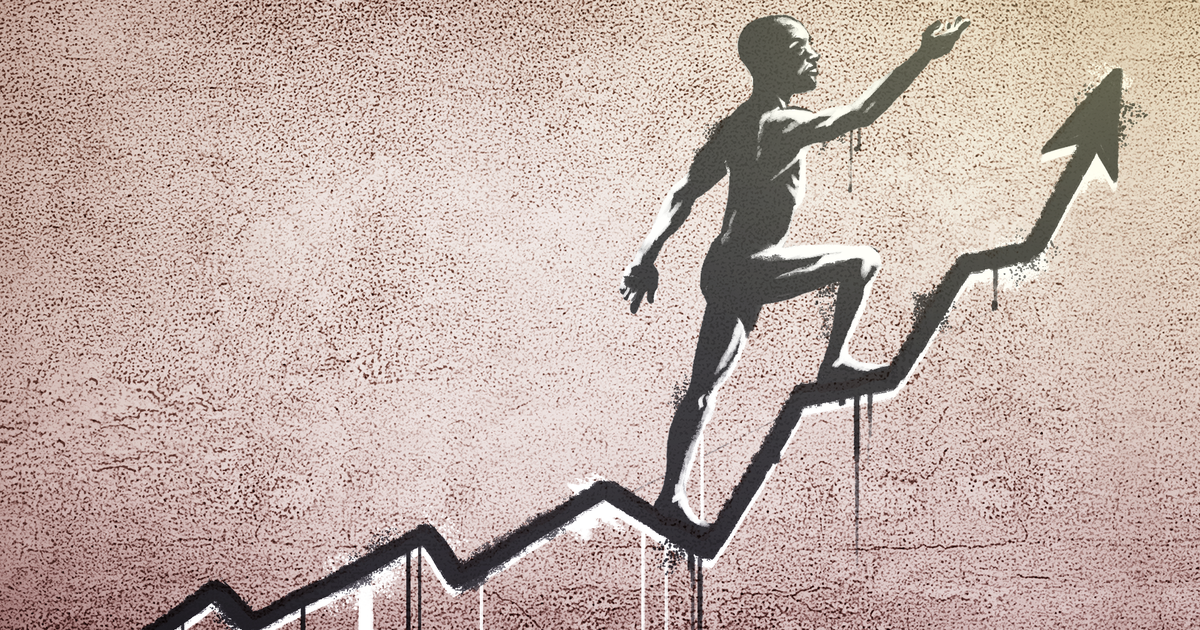
Fast forward to 2020, and there is little comfort to be found in the Poverty Clock anymore. The global number now ticks back and forth, erratically, like a clock that has lost its battery. If a website could go insane, it might look like this. From a 2019 low of 590 million, the number of people in extreme poverty has ballooned to 713 million — erasing all the gains made since 2015. Up to 150 million will have slipped below the $1.90 line before the COVID-19 pandemic is over, according to the World Bank’s latest estimate. (In April, before it started doing phone surveys, the World Bank estimated the number would be closer to 49 million.)
To even have a chance of meeting the 2030 goal, the global economy would have to recover in 2021 and grow at an unprecedented rate of around 8 percent per year for the rest of the decade, Sumner, of King’s College, estimates. Maybe you’re chuckling to yourself right now because you know the 2020s were in fact an era of unmitigated prosperity. I think it more likely that you’re giving a hollow laugh because we have no idea of the scale of the recession or depression that lies ahead. If there is despair on the part of the Poverty Clock’s creators, there is also some measure of relief that the scale of the problem cannot be ignored.
“The silver lining is a real understanding that the kinds of small changes we were doing to try to reach the Sustainable Development Goals are just not going to be enough, and were never going to be enough,” says Homi Kharas, Poverty Clock co-founder and director of the Global Economy and Development program at the Brookings Institution. “We really need much more of a systemic transformation in economies. So now you see country after country coming out with recovery plans like the European Green Deal that emphasize environmental sustainability and social inclusion. There’s a tremendous mindset change.”
In other words, just like there was after World War II. And the U.S. is one of the few countries that isn’t working on a sustainable recovery plan — as with healthcare after World War II.
Still, all of this marks a tremendous shift from a year ago. The policymaker mindset of 2019 on the topic of poverty — which is when I wrote a first draft of this letter — could best be described as smug. In January of that year, Bill Gates tweeted out an infographic on extreme poverty, showing how much it had declined in the past two centuries. He was right, as we’ve seen, and it’s not like he’s not putting his money where his mouth is; the Gates Foundation is doing a ton of good work to help the world’s poorest people.
But something about being told how great the state of play on global poverty was, by the world’s second-richest man (while he was on the way to the World Economic Forum in Davos, no less), stuck in the collective craw. A British anthropologist named Jason Hickel launched a blistering broadside against Gates and his fellow prognosticator of progress on poverty, Steven Pinker.
Hickel hurt his cause by arguing that the Microsoft founder “couldn’t be more wrong” (a headline he later said wasn’t his idea), that the 19th century data was “meaningless” (the academics who meticulously researched it begged to differ), and that we should ignore variations in the cost of living and simply make the U.S. poverty line the standard ($15 a day, which would put you firmly in the middle class for much of the global south).
At the same time, the back-and-forth over the Gates tweet revealed broad agreement on this one point: $1.90 a day is a ridiculously low figure, and the World Bank had to fudge the economic data to arrive at it in the first place. “The underlying problem is we don’t know whether you can actually live on it,” Sumner says.
Sumner is one of the academics behind a global multidimensional poverty index. Its aim: to provide a richer picture of global access to nutrition, decent shelter, education, and healthcare — the basic rights of human life. (Personally, I’d add “access to internet.” I’m sure you will scoff at the idea it was ever unavailable anywhere.) Tellingly, the index reveals that 2 billion people on the planet are still living without adequate sanitation, or the same problem that faced the subjects of Chadwick’s report.
If we must put a dollar number on it, Sumner suggests, the bare minimum to scrape by is more likely to be around $3.20 a day. “If you take the World Bank $1.90 line, you basically get this very rosy picture of falling poverty over time,” Sumner says. “But every 10 cents you add is another hundred million people, so the number is incredibly sensitive to where you draw the line. We tend to forget that almost half the world is living on less than $5.50 a day.”
And that’s why the extreme poverty number has been subject to incredible instability in the coronavirus crisis. Tips of icebergs may go up as well as down. That’s why India is ahead of Nigeria again, in a numbers game no nation wants to win. Sumner believes the World Bank may have to revise the numbers again; his own calculations suggest up to 400 million people may fall into extreme poverty as a result of the pandemic.
Sumner is, as you can tell, no sunny optimist. But when I told him about the premise of this letter, the proposition that we’ll make as least as much progress in the next eight decades as we did in the last eight, he perked up. “Eighty years ago, they would recognize what we have now as a utopia,” he said. “The extreme poor would have been the majority in developing countries.” He paused. “I feel better already.”
